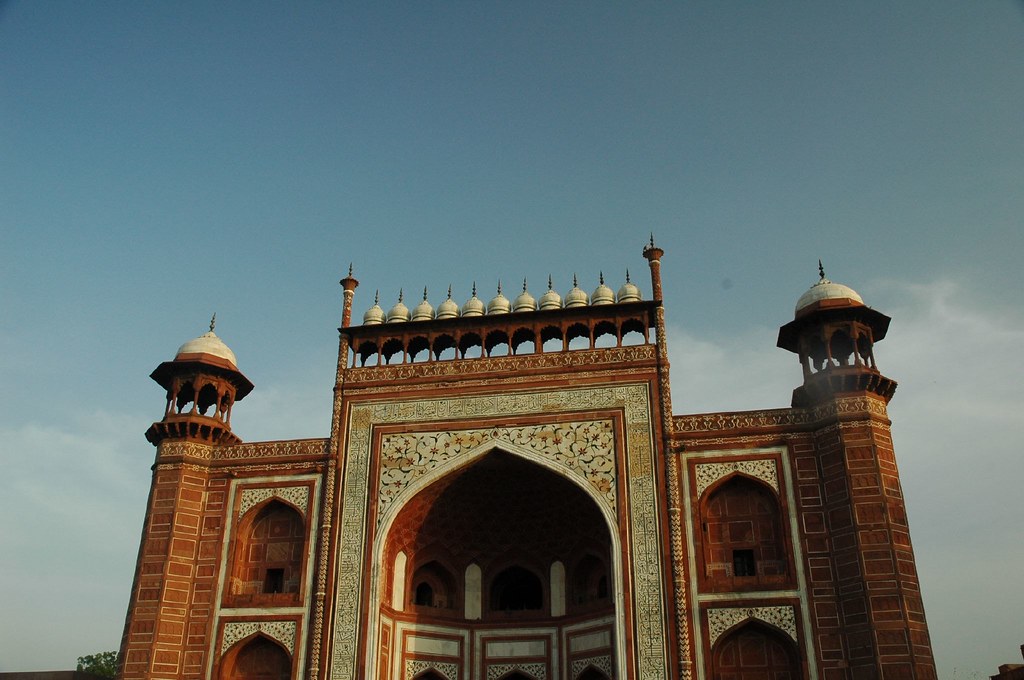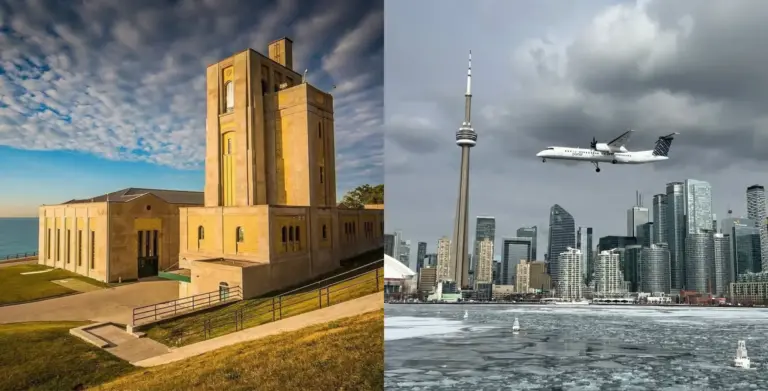
Introduction
The Taj Mahal, a UNESCO World Heritage Site, is one of the most recognized monuments in the world. Located in Agra, India, this stunning mausoleum was built in the 17th century by Mughal Emperor Shah Jahan in memory of his beloved wife, Mumtaz Mahal. Its intricate beauty and historical significance make it a vital part of India’s cultural heritage and a symbol of enduring love.
Historical Background
Construction of the Taj Mahal began in 1632 and was completed in 1648, with some parts of the complex finished in subsequent years. The project employed thousands of artisans, craftsmen, and laborers, and the monument features a blend of Persian, Islamic, and Indian architectural styles. The white marble dome, embellished with semi-precious stones, is a hallmark of Mughal architecture and attracts millions of visitors each year.
Recent Events
In recent years, the Taj Mahal has faced various challenges, including environmental degradation and pollution. The Indian government has initiated conservation projects to address these issues and preserve the monument for future generations. In 2023, the Archaeological Survey of India (ASI) announced a comprehensive restoration plan, emphasizing the removal of pollution stains and repairs to structural elements. This initiative also aims to enhance visitor facilities and promote sustainable tourism.
The Cultural Significance
The Taj Mahal is not only an architectural masterpiece but also serves as a cultural beacon that draws individuals from around the globe. It is an emblem of love and sacrifice, celebrated in literature and popular culture. The monument has inspired countless artistic interpretations, making it a critical aspect of global heritage. Recent studies have underscored its impact on Indian tourism, contributing significantly to the local economy.
Conclusion
The Taj Mahal remains a vital part of India’s identity and a celebrated piece of world heritage. As conservation efforts continue, its significance will likely deepen, attracting even more attention from historians, architects, and tourists alike. The future of the Taj Mahal hinges on the balance between preserving its grandeur and meeting the demands of millions who wish to experience its beauty each year. For visitors and admirers, the Taj Mahal stands not only as a monument of exquisite architecture but also as a testament to love’s timeless legacy.




